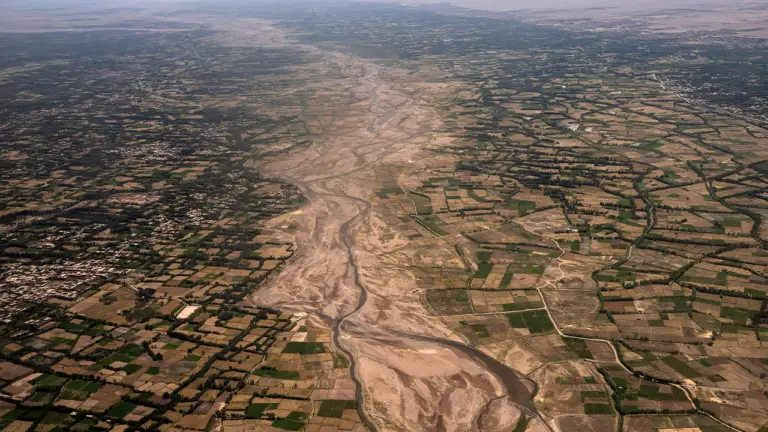Tragedy Strikes Western Afghanistan: Over 2,000 Lives Lost in Devastating Quake
In a grim turn of events, a powerful earthquake has left a profound mark on western Afghanistan, marking one of the deadliest seismic disasters the country has faced in two decades. A devastating 6.3 magnitude earthquake, accompanied by strong aftershocks, struck the region, claiming the lives of numerous individuals on Saturday.
The country’s national disaster authority reported that the earthquake resulted in the loss of dozens of lives in the province of Herat. However, Abdul Wahid Rayan, the Ministry of Information and Culture spokesman, stated that the actual death toll could be higher than initially reported. The quake laid waste to approximately six villages, entangling hundreds of civilians beneath the rubble.
The United Nations initially estimated a toll of 320 casualties, but this figure is still under scrutiny. Concurrently, local authorities approximated that approximately 100 people lost their lives, with 500 sustaining injuries, according to an update from the U.N. Office for the Coordination of Humanitarian Affairs.
An astounding 465 houses were reported destroyed, with another 135 damaged. The U.N. expressed its expectation that the number of casualties might rise as search and rescue operations persist, as reports suggest some individuals may still be trapped under the debris.
The epicenter of the earthquake was located roughly 25 miles northwest of Herat city, subsequently followed by three vigorous aftershocks, measuring at 6.3, 5.9, and 5.5 in magnitude, along with several lesser tremors.
In the wake of this catastrophe, the World Health Organization in Afghanistan rapidly dispatched 12 ambulances to the afflicted area in Zenda Jan, intending to evacuate and transport injured individuals to hospitals. Furthermore, as details of casualties and injuries continue to unfold, medical teams are actively tending to the wounded and evaluating further requirements.
Regrettably, the disruption caused by the quake also led to a breakdown in telephone connectivity in Herat, exacerbating the challenges faced by the affected areas. Notably, the earthquake’s tremors were felt in the nearby Afghan provinces of Farah and Badghis, as reported by local media outlets.
The Taliban, in a rare appeal, called upon local organizations to swiftly reach the areas affected by the earthquake, with a primary focus on transporting victims to hospitals, providing shelter to the displaced, and delivering essential sustenance to survivors. They emphasized that security agencies should employ all available resources to effectuate the rescue of those trapped under debris.
This devastating event serves as a stark reminder of the region’s vulnerability to seismic activity. It follows a formidable earthquake in June 2022, which struck a rugged, mountainous area in eastern Afghanistan, resulting in the tragic loss of at least 1,000 lives and injuries to around 1,500 individuals.
Our hearts go out to those affected by this disaster, and the road to recovery will undoubtedly be a challenging one.

